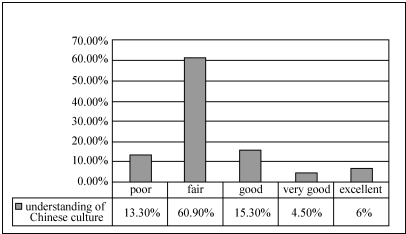5.Henry Edwards Huntington
Henry Edwards Huntington was born in 1850in Oneonta,New York.In 1872he went to work for his uncle,one of the owners of the Central Pacific Railroad.Twenty years later,Huntington moved to San Francisco at his uncle's request to share management of the Southern Pacific Railroad.On the way to San Francisco,he visited San Marino,and later bought it,which is home to his collections today.
In 1902,Huntington moved his business operations to Los Angeles,where he developed the street railway system that created the structure of the Los Angeles area.He greatly expanded the existing electric railway lines,creating an extensive inter-urban system providing the transportation necessary.Huntington's business interests continued to grow particularly in the areas of water,power,and land development; at one time he served on as many as 60corporate boards throughout the United States.
At the age of 60,he announced his decision to retire in order to devote time to his book and art collections and the landscaping of the 600-acre farm.In 1911the large Beaux Arts building,in the charge of the architect Myron Hunt,was completed.
In 1913,Huntington married Arabella Duval Huntington.She shared his interests in collecting.As one of the most important art collectors of her generation,she was highly influential in the development of the art collection now shown in the former building.
In 1919,Henry and Arabella Huntington signed the agreement that conveyed their San Marino property and collections to a nonprofit educational trust,creating the Huntington,one of the world's great cultural,research,and educational centers.
Henry E.Huntington died in 1927,leaving his great treasures the Huntington,including the world-famous Huntington Library,Art Gallery,and Botanical Gardens in San Marino,California to the public,which hosts more than 500,000 visitors each year.
56.What can you learn about Huntington from the first two paragraphs?C
A.He worked in many fields before he came to Los Angeles.
B.He built a house to store his art collection in San Marino.
C.He did a lot to the USA railway development.
D.He founded the Central Pacific Railroad.
57.What did Huntington do after his retirement?A
A.He devoted himself to his personal interests.
B.He worked part time for non-profit business.
C.He was in charge of an educational center.
D.He shared his wife's interests with her.
58.Which of the following can best describe Huntington?D
A.An excellent artist.
B.A talented architect.
C.An ambitious educator.
D.A successful businessman.
59.This article is most probably taken fromD.
A.a science fiction B.a newspaper report C.a novel D.a biography.
分析 文章主要介绍了Henry Edwards Huntington一生所做出的贡献,他的兴趣广泛,曾经将自己的业务移动到洛杉矶,他早年曾经为美国铁路交通,水利,能源领域做出重大的贡献;他六十岁退休后还致力于发展个人兴趣,将时间投入到他的书和艺术收藏中,创造亨廷顿,一个世界上最伟大的文化,研究和教育中心,他去世后为我们留下了巨大的财富.
解答 56.C 主旨大意题.第一段和第二段主要介绍Huntington早年为美国铁路交通发展做出的重要贡献,故选C.
57.A 细节理解题.根据第三段he announced his decision to retire in order to devote time to his book and art collections and the landscaping of the 600-acre farm可知他在退休后致力于发展个人兴趣,故选A.
58.D 主旨大意题.文章介绍的Huntington是个在铁路交通,水利,能源,艺术领域都取得卓越成就的生意人,由此看来他是非常成功的,故选D.
59.D 推理判断题.文章给出了Huntington的个人信息和基本成就,按照时间顺序排列,可以推断出这篇文章选自Huntington的个人简介传记.故选D.
点评 本文考查学生的记叙类阅读的水平,抓住题干关键词,采用寻读的方法查找细节描述事实细节题是人物传记类文章的主要题型.



